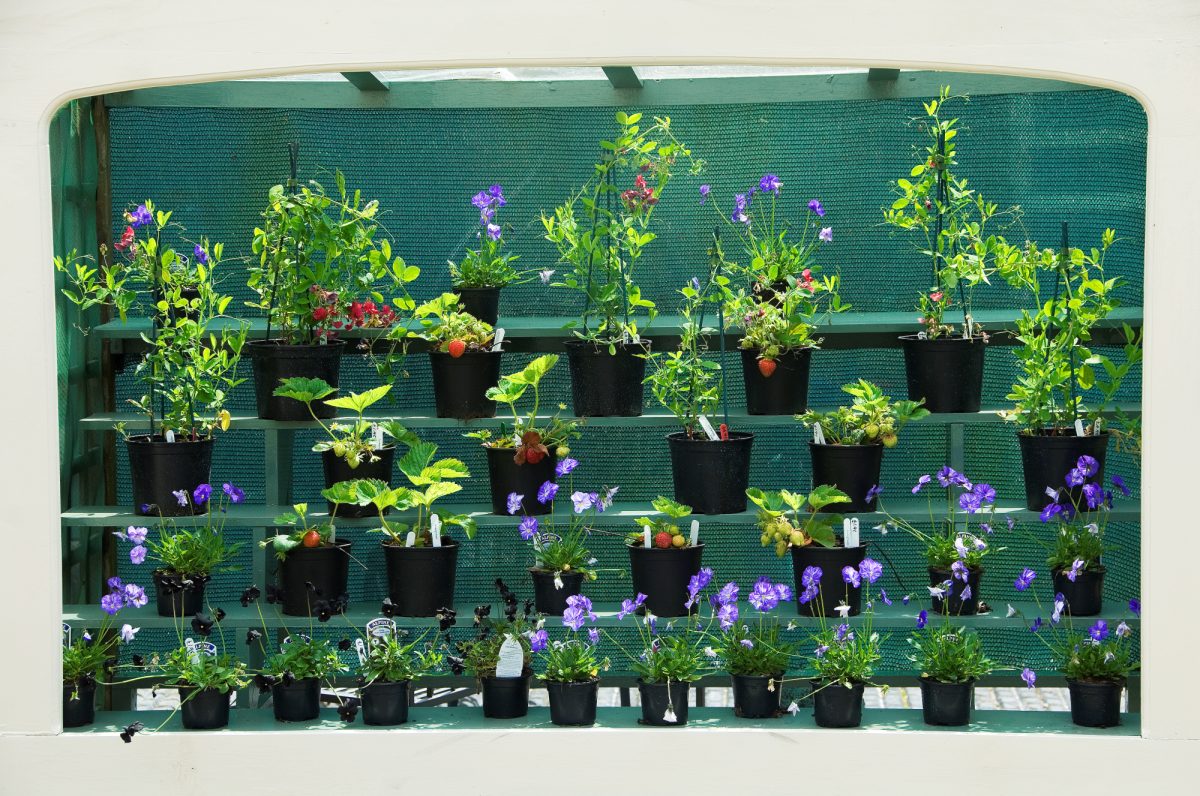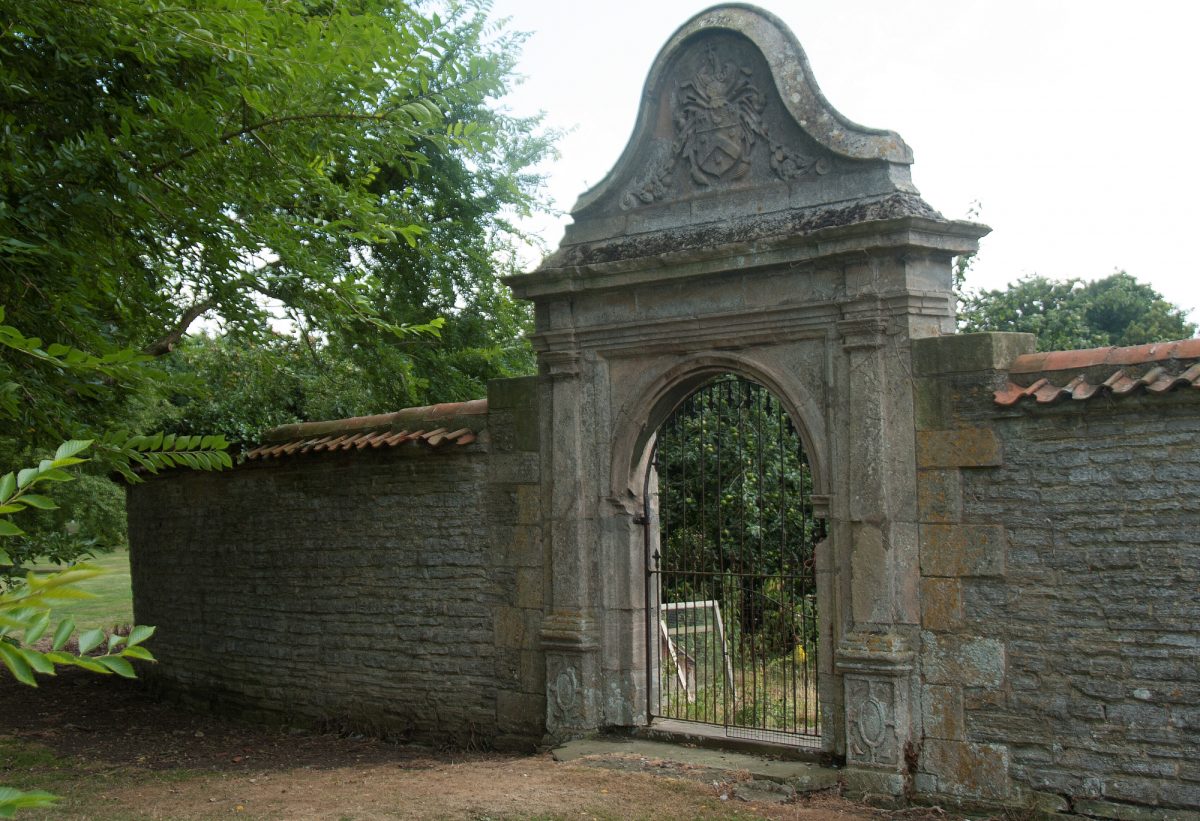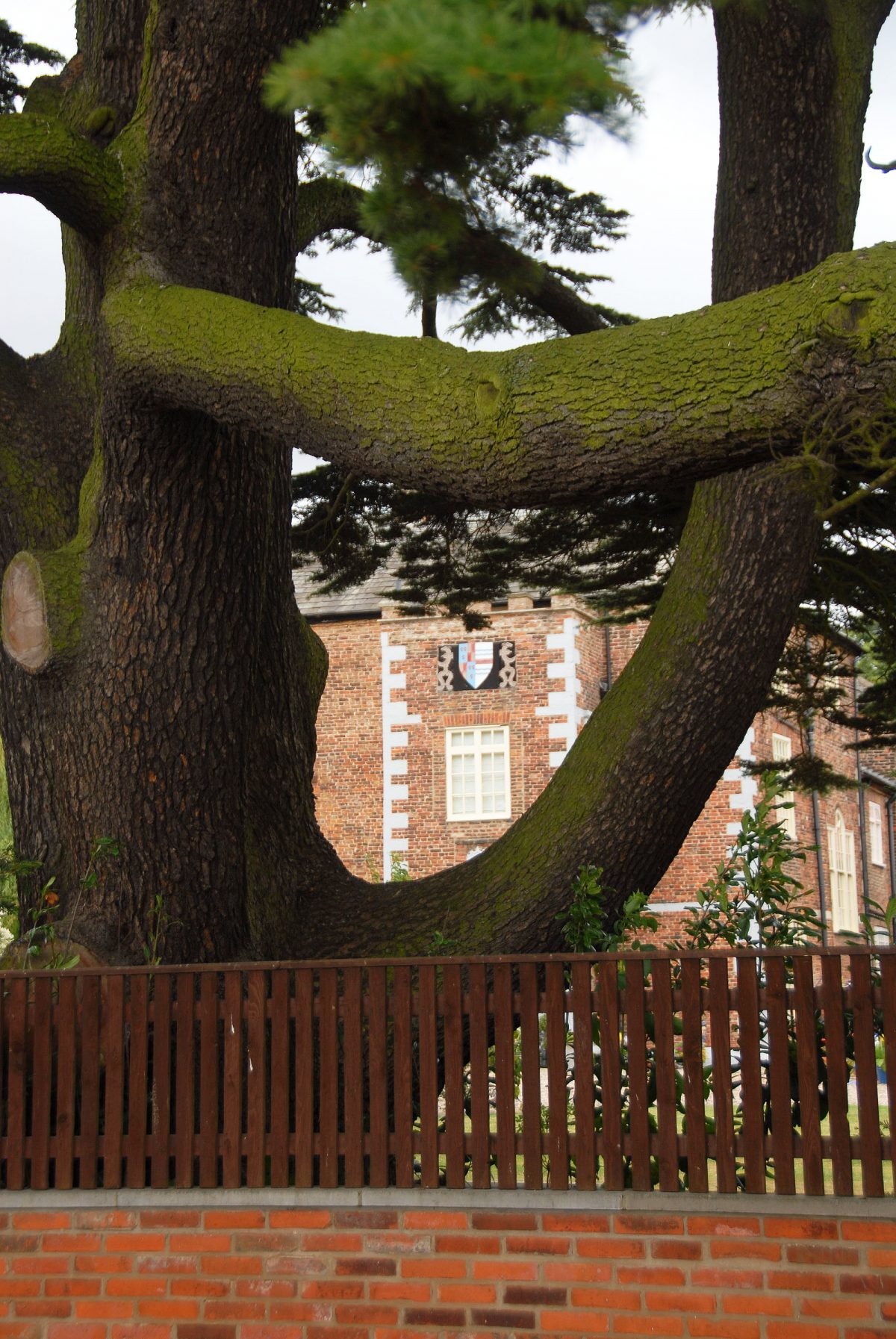Baroque Gardens
Baroque Gardens
The Baroque garden style began appearing in Britain during the Stuart era (1603-1714) influenced by contemporary French and Dutch styles of gardening.
Formal gardens became supersized, and fancy, with ornate gates, steps, urns, and with statues adding iconography, and as knowledge of hydraulics grew, more intricate Italianate fountains.
The first Botanical Garden was established in Oxford. In 1629 Lincolnshire-born herbalist John Parkinson (1567–1650), a friend of Royal gardener John Tradescant (c.1570–1638), published his engraving-illustrated ‘Paradisus in Sole’ describing the flowers in his garden, including tulips, just as they were becoming the rage in Holland.
Plant Theatres
Royalty and aristocratic garden owners showed-off plant specimens in ‘plant theatres’ and boasted exotic birds, some for cockfighting in cockpits as once at Burghley.
Influenced by the French, they collected more exotic animals in menageries in their grounds and parks.
A modern plant theatre at Easton walled gardens (Image: Steffie Shields)
Baroque Gateway at Stubton Hall (Image: Steffie Shields)
Here is a C17, limestone ashlar Baroque Gateway at Stubton Hall; a round, moulded arch set within a rectangle and flanked by Tuscan pilasters, came from Fenton Hall.
A curved ‘duck-billed’ pediment is carved with a rustic bouquet including a helmet, stylised flowers and a coat of arms, etc. Note the stone wall and pantile coping.
Cedars of Lebanon
Surviving great Cedars of Lebanon (Cedrus libani) at Brumby Hall are thought to be among the first exotic conifers planted from seed in 17C England.
Cedars of Lebanon (Cedrus libani) at Brumby Hall (Image: Steffie Shields)



